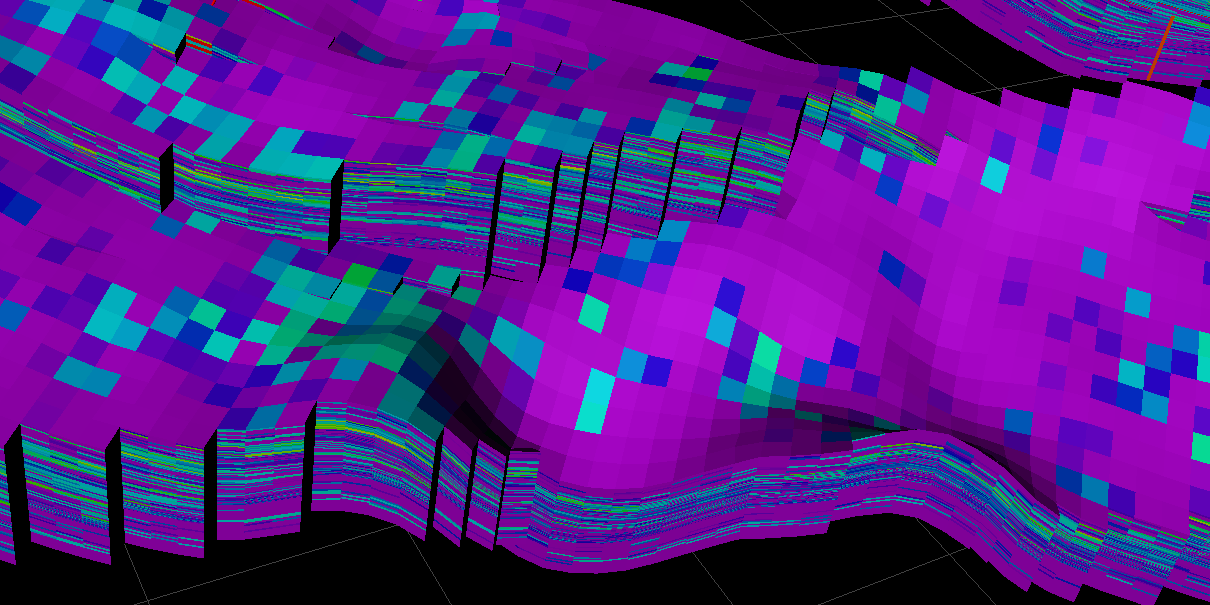ResSim is a coupled, well-reservoir simulator, used for modelling transient phenomena in oil, gas or geothermal water wells. The most important feature of ResSim is the ability to calculate and predict the cross flow in multi-layered reservoirs. Many commercial reservoir simulators use a predefined, steady-state vertical flow profiling (VFP) table for calculation of multiphase flow in the wellbore column, whereas ResSim used a coupled, built-in, transient well model.
Unlike some common reservoir simulators, ResSim uses all the physics involved in the flow of fluid in the porous media and within the well. Specifically, it considers very slight changes in temperatures to honour minor thermodynamic processes such as adiabatic expansion.
ResSim is the result of many years of extensive data gathering and experience in problem well analysis. It covers a wide range of applications including:
- Reservoir to surface simulation of oil, gas and gas condensate reservoirs
- Early design of well completion with limited data
- History match the production data to refine and calibrate the model
- Prediction of layer depletion and voidage
- Prediction of individual layer contribution
- Calculation of cross-flow to depleted layers
- Identification of thief zone using surface data only
- Inclusion of unsteady-state multiphase flow in the wellbore
- Prediction of recovery from individual layers and the whole drainage area
- Calculation water and condensate accumulation in the well
- Minimum velocity to lift liquids
- Non-Darcy gas flow option



